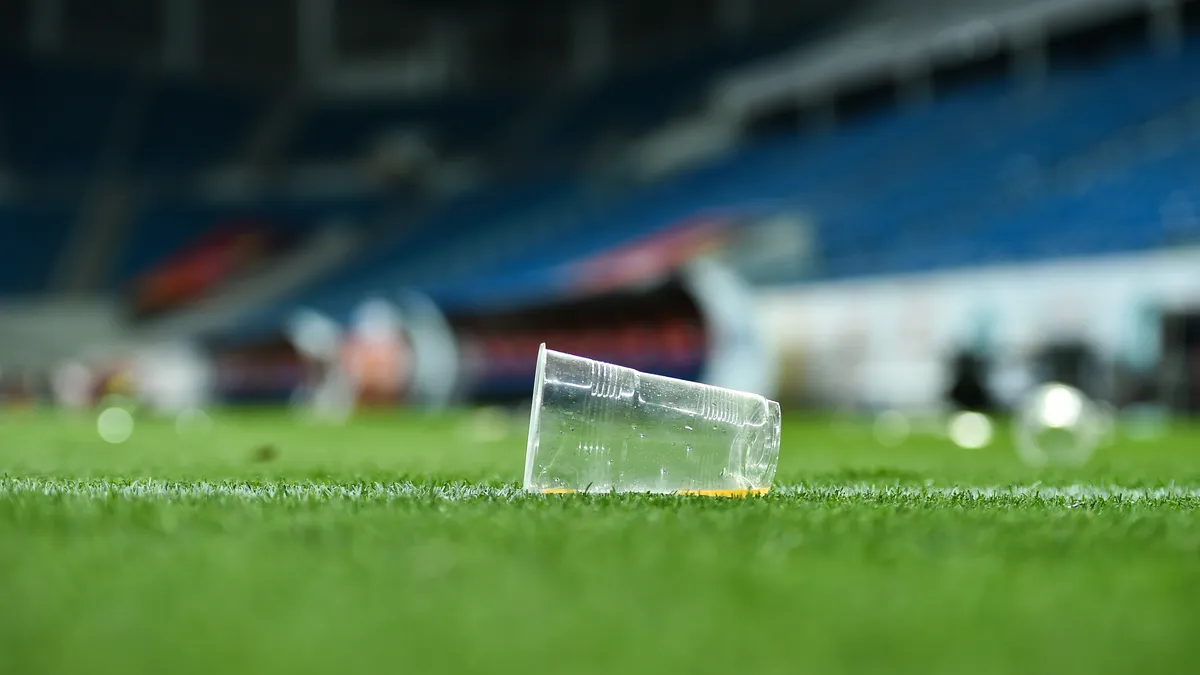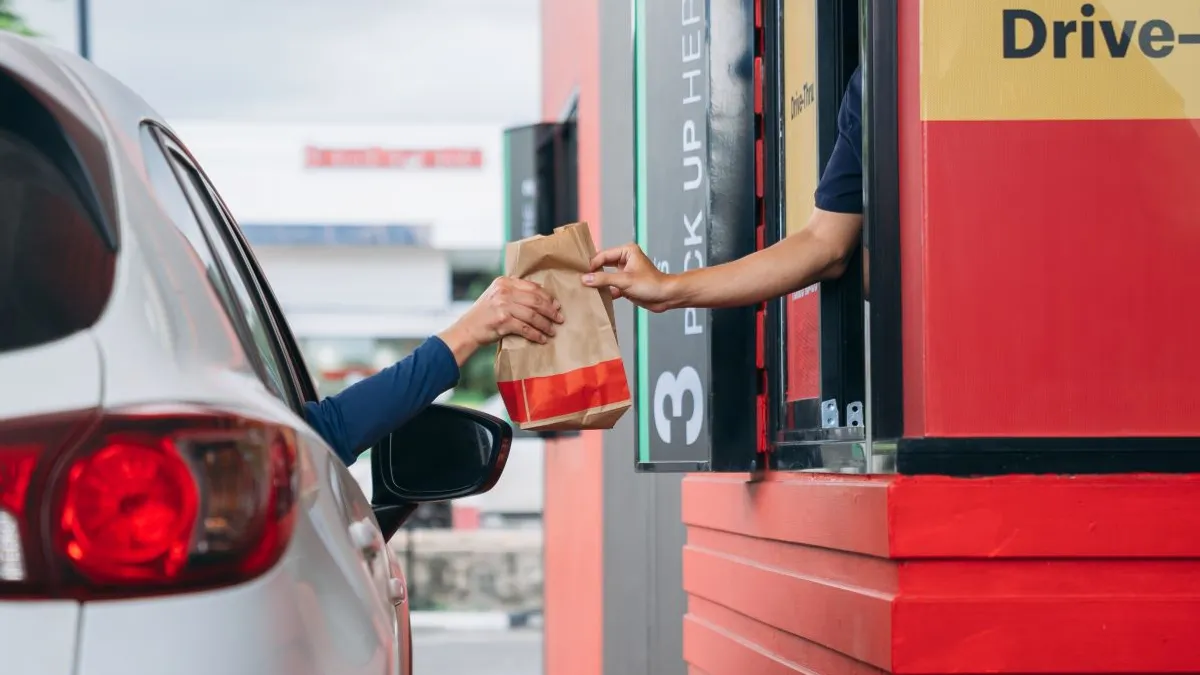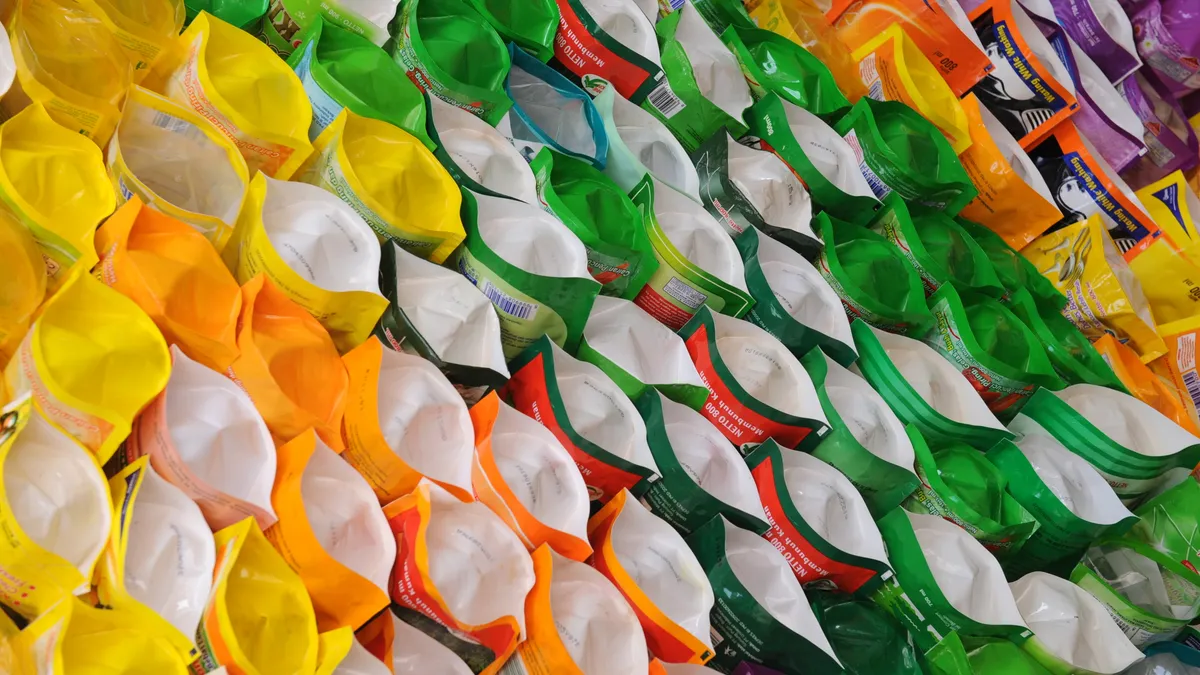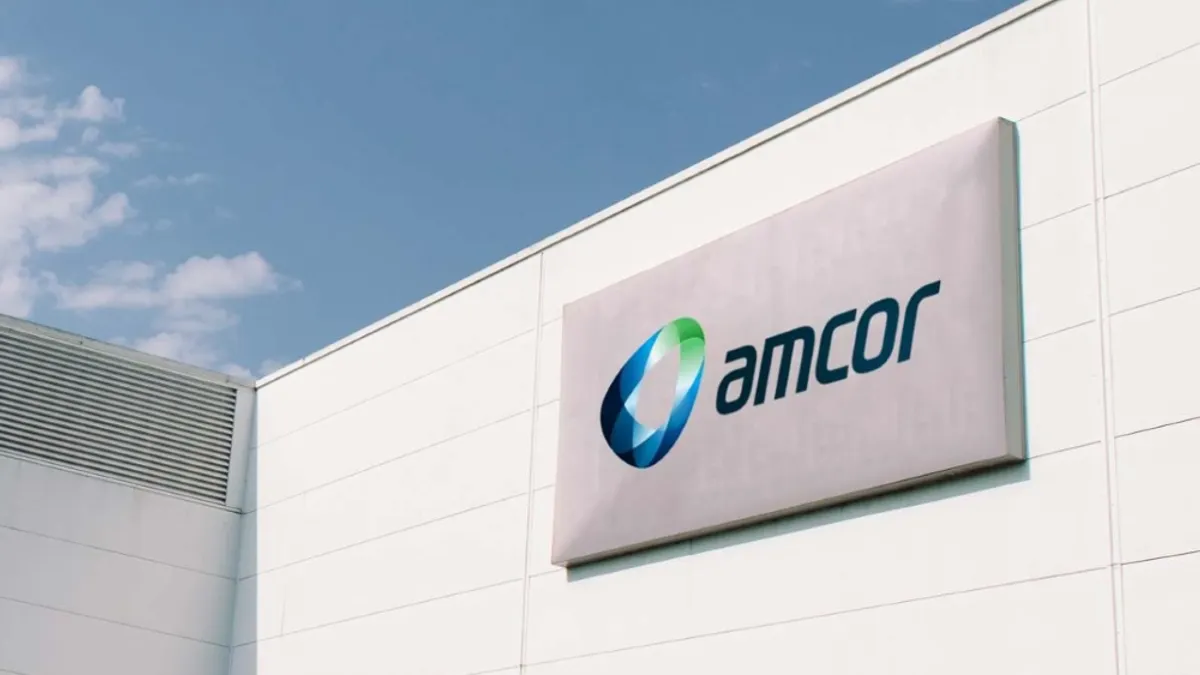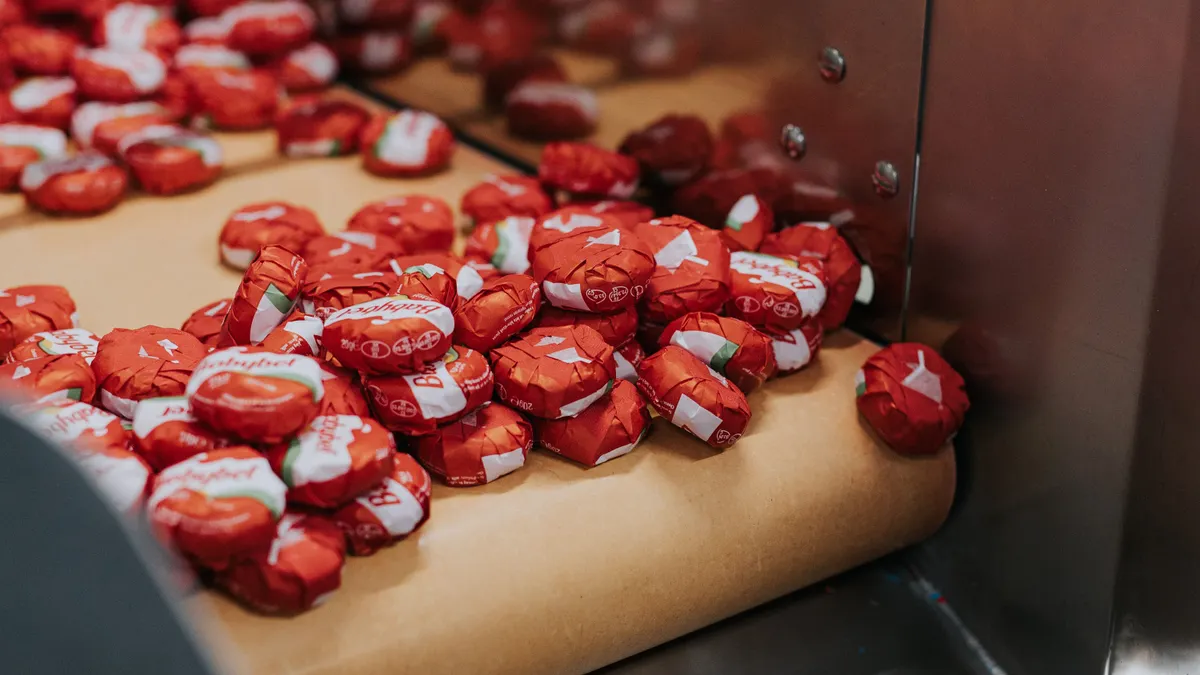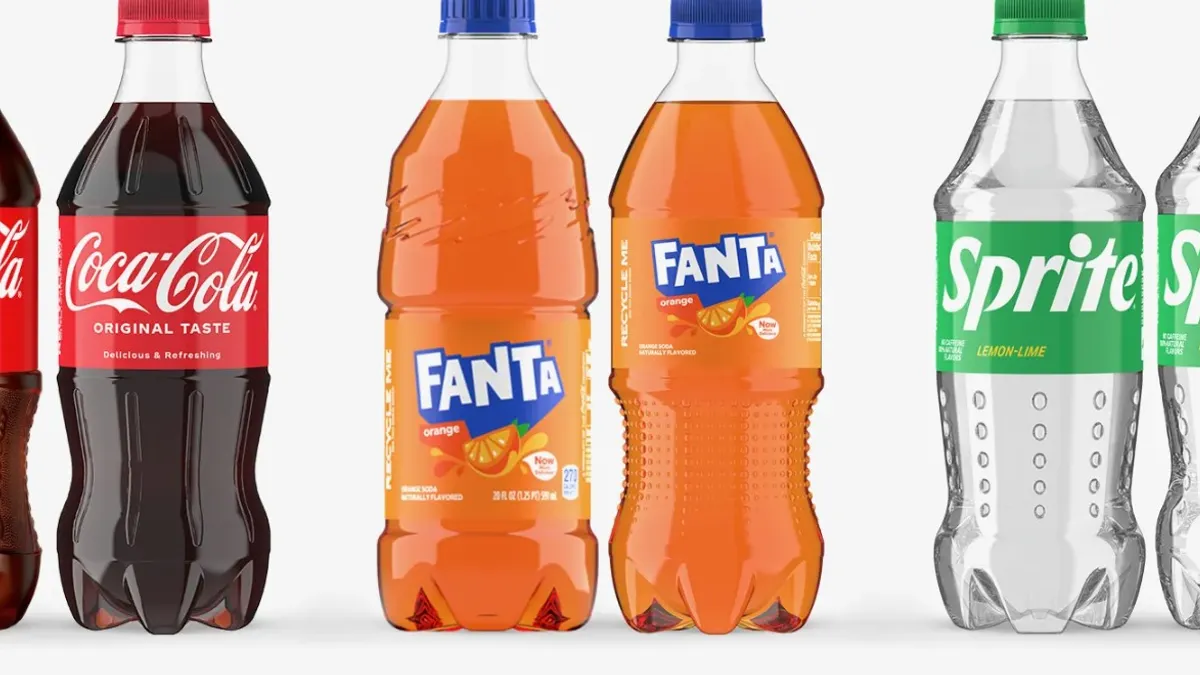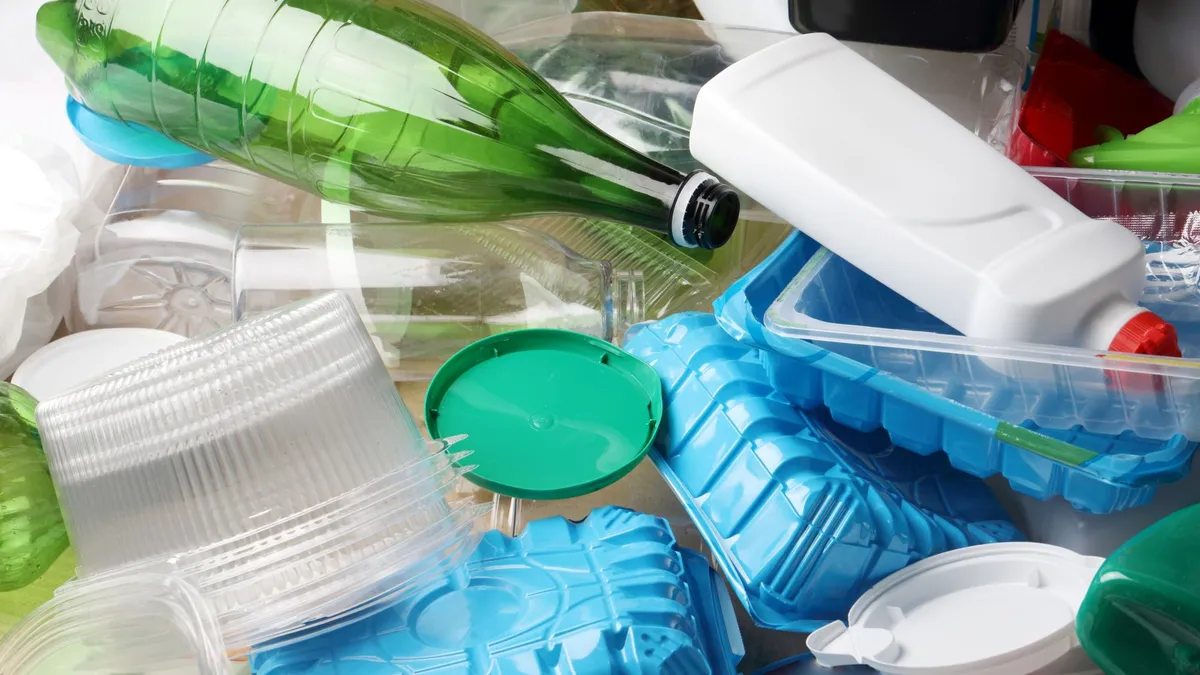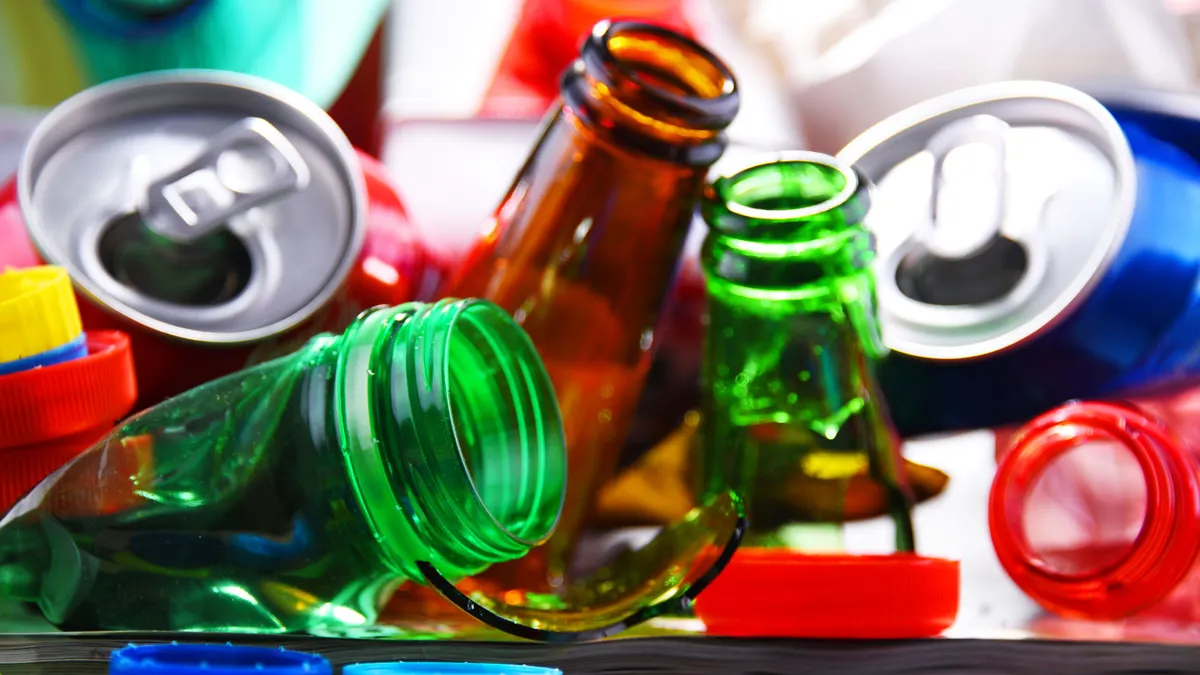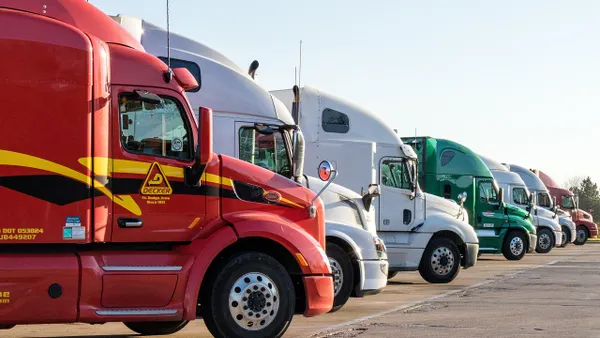As stadium attendance recovers from early pandemic effects, venues are taking a renewed interest in environmental responsibility and waste systems. Innovative concepts and technologies are helping to move the diversion ball down the field.
Stadiums hold tens of thousands of people who consume and discard trash — an estimated one to two pounds each. For example, the typical NFL game generates about 35 tons of waste, and that can balloon by up to 50% for the Super Bowl, the director of the NFL Environmental Program told Front Office Sports. Now, stadium operators increasingly are making sustainability commitments to tamp down their carbon footprints.
“We're encouraged by what is happening in the market, by how sports teams are leveraging the cultural influence that they have to do the right thing,” said Michael Kraus, director of sustainable events and analytics at the Green Sports Alliance. “This should be something that they're doing and leading the general public through educational practices ... to, in turn, influence the culture and communities.”
The Green Sports Alliance says it helps the sports world “embrace sustainability” and create a meaningful community impact. The program began 12 years ago in the Pacific Northwest when six regional sports teams expressed interest in becoming more sustainable and has since expanded to include teams and corporations across North America.
“The past 10 years we’ve seen a huge increase of interest,” Kraus said. “I think culturally there's a demand there. And for our planet, for climate action, there's a need.”
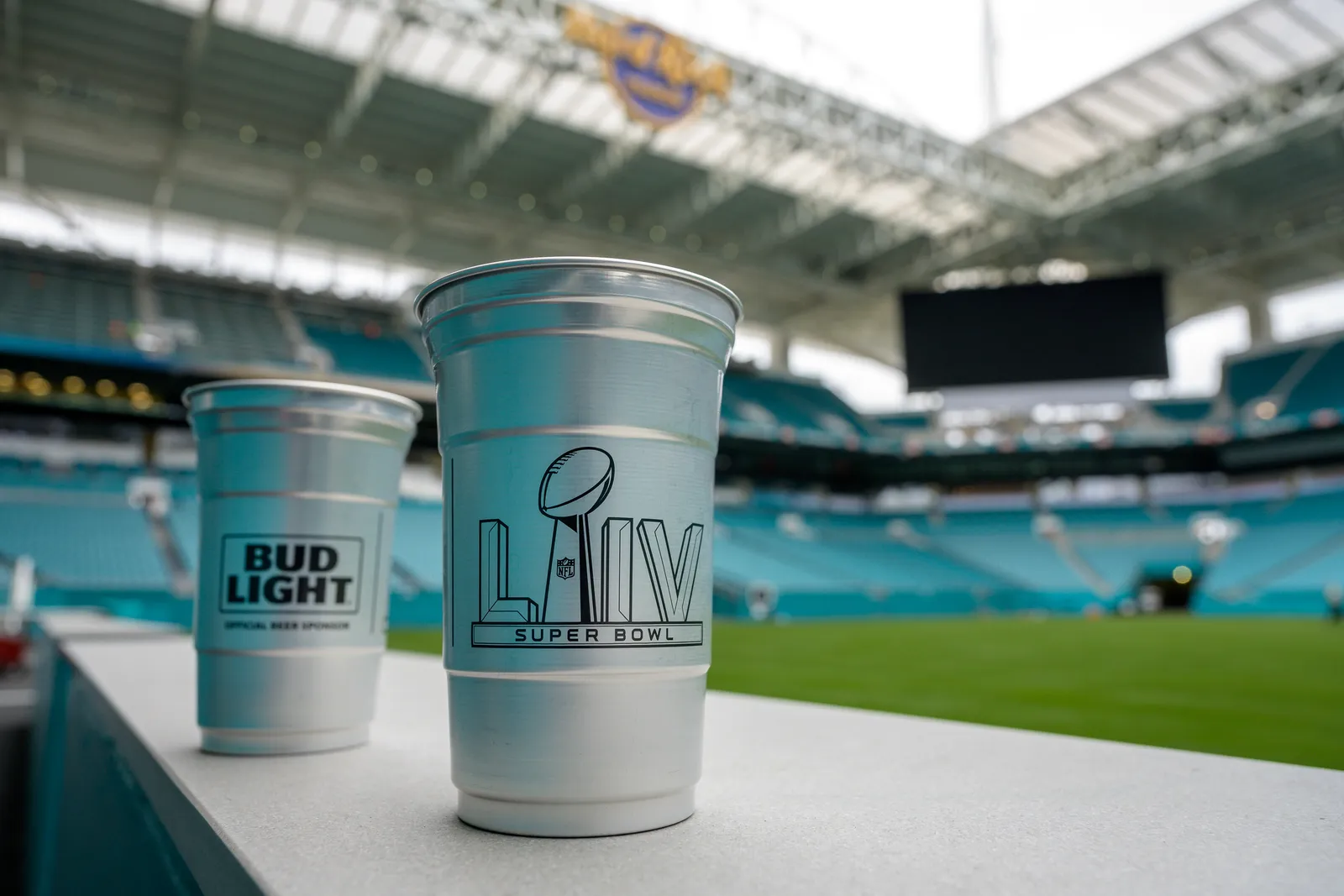
The three Rs
Recycling is one of the most widely employed stadium waste reduction strategies for stadiums of all sizes.
The U.S. EPA released its most recent guide to recycling at sports stadiums in 2011, which includes many consumer-focused strategies for reducing waste. It also includes non-consumer waste reduction opportunities, such as using returnable shipping containers. and reusing supply packaging. The guide notes that recycling and reuse can cut stadiums’ waste management costs, and recycling some materials could even generate revenue.
Some stadiums have won EPA awards for their waste reduction and recycling practices. For example, the EPA recognized BB&T Pavilion, now called Freedom Mortgage Pavilion, in New Jersey for diverting nearly 60% of its internal waste from landfills in 2019. The venue directed almost 100 tons of waste to recycling, compared with 77 tons of landfill waste.
A best practice is providing one recycling bin for every trash bin in the stadium, said Christian Bruey, global strategic initiatives lead at PureCycle. He also touted the Cincinnati Bengals’ concept of having a post-game recyclable material clean-up crew go into the stands, before the waste clean-up crew, to pick up discarded containers. They also use clear collection bags for recyclables versus black bags for waste.
“When you look at it on paper, it really seems very simple. But at the end of the day, those little things make a big difference,” Bruey said.

A year-and-a-half ago, the company launched its PureCycle Zero plastics recycling program aimed at large venues like stadiums. It offers best practices and tips for collecting polypropylene containers generated by concessions, which PureCycle turns into an “ultra-pure” resin for use in new products. The Cleveland Browns became the first participant in 2021, and the program now includes a variety of teams like the Bengals, Jacksonville Jaguars and the Orlando Magic. Sports venues do not pay PureCycle to participate in the program.
“We realized that there is a lot of No. 5 plastic in stadiums, for example a souvenir cup,” said Bruey said. “The idea is now we can recycle that cup into a clear resin, and it can go back into a souvenir cup in the future and achieve circularity at stadiums.”
PureCycle also has contracts for the resin to be used in a plethora of household items from razor handles to shampoo bottle caps.
Over the past decade, many stadiums also transitioned from serving beverages in glass or plastic bottles to aluminum bottles or cans. Certain concessions now are being sold in reusable containers and more players are entering the space. For example, Minneapolis startup r.Cup, which provides reusable containers to sports venues and other event spaces, was in expansion mode last year.
Ball introduced aluminum cups for the 2019 football season at the University of Colorado Boulder and spread the product to stadiums nationwide in 2020. The design brings together different sustainability qualities of aluminum cans, bottles and cups in a single solution, said Emily Fong Mitchell, president and general manager at Ball Aluminum Cups, in an email. The aluminum cups now contain 90% recycled content. Ball encourages consumers to "hand wash and refill" them for multiple uses.
“Ball is committed to partnering with the industry to raise awareness of aluminum’s sustainability and use it to help venues and teams make progress on their ESG goals, to reduce waste and to give fans an opportunity to do right by the environment,” Fong Mitchell said.
Some companies and stadiums are beginning to explore pilot programs for other reusable items like plates and clamshell containers, Kraus said. Though he said building up cleaning system infrastructure will be necessary to support greater adoption of reusable products.
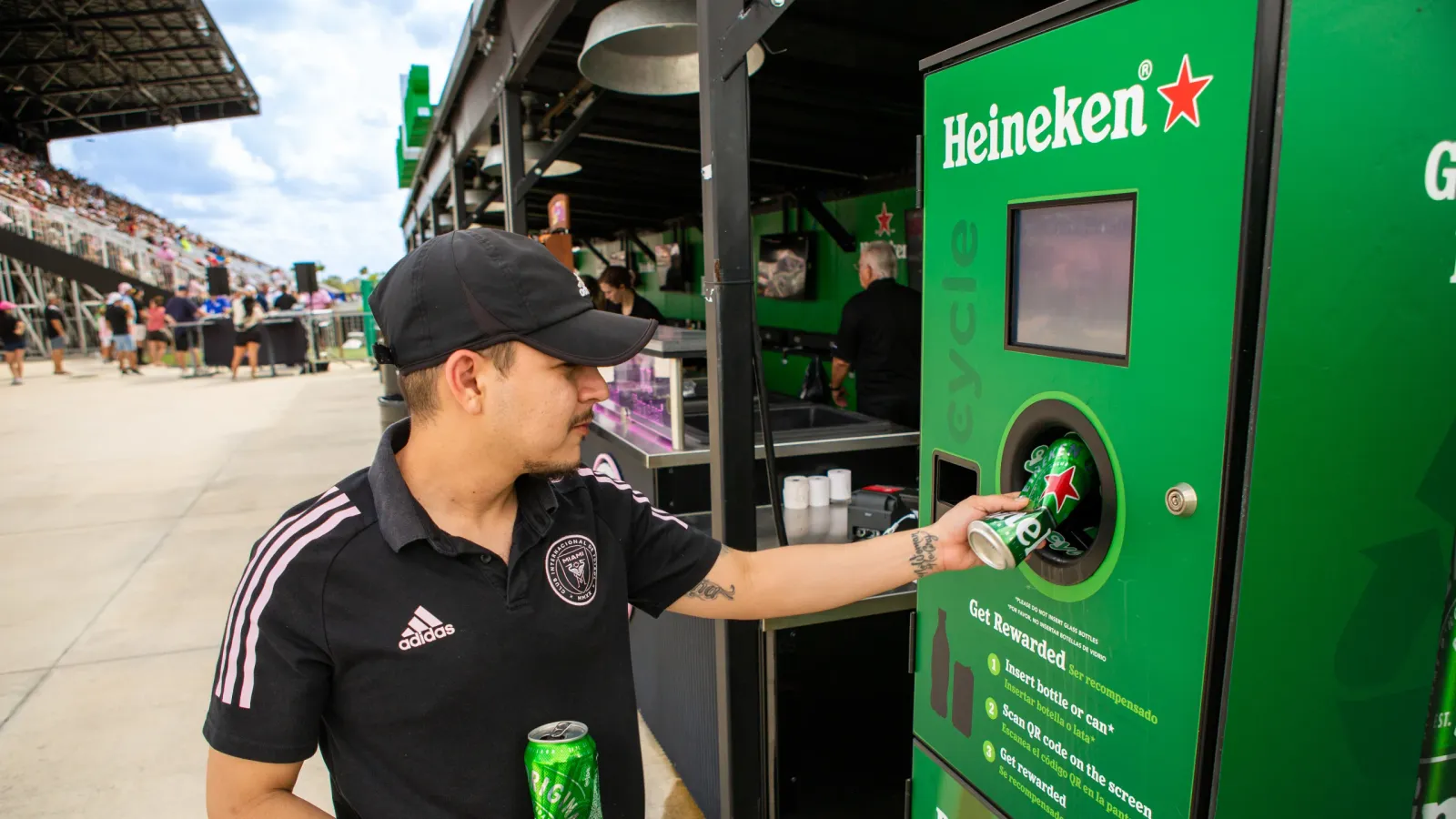
Innovative concepts
Some stadiums are also trying other concepts beyond updating recycling and packaging options.
In some cases, reverse vending machines let fans win rewards in exchange for turning in empty beverage containers. Last March, Heineken partnered with soccer team Inter Miami CF to install reverse vending machines at DRV PNK Stadium. This past summer, Nationals Park in Washington, D.C., became the first Major League Baseball stadium to install reverse vending machines. This past fall, Lincoln Financial Field in Philadelphia became the first National Football League stadium to do so.
Sources say that engaging stadium attendees, especially to convince them to recycle, is challenging. But reverse vending machines can incentivize participation with tangible rewards.
Innovations are also occurring on the operational side. Massachusetts-based G Force Waste Sorters is fundraising for its first set of equipment that could take manual material sorting and compacting to the next level. The machinery is positioned on a 25-foot trailer that rolls up to venues after an event. This mobile unit provides value to space-constrained venues that would have difficulty adding a large, on-site compactor or other such machinery, said President Michelle Lee Guiney.
“We're able to provide the convenience of on-site waste sorting ... and there’s no impact on their space, configuration, staffing and their other resources,” Guiney said. “It's a business model that is a complementary step within the existing waste management system. We work in conjunction with the venue's janitorial company and their waste hauler companies. We’re the intermediary step.”
Guiney estimates that recyclables now constitute 40-50% of many venues’ waste stream, then 20-30% is organics and 10-20% is residual trash. She said mobile mechanical sortation generally is economical at venues with 20,000 or more attendees, because they generate enough volume in a short period of time.
“What they will be left with is up to 80% landfill waste diversion. We will take that trash and reduce it down to about 20%,” Guiney said. “The economic model is contingent upon the volume ... we’re looking at 5 to 10 tons of trash per event on the small side.”
Another emerging idea is to certify stadium waste diversion and sustainability accomplishments. Green Business Certification offers sports facility certification through its Total Resource Use and Efficiency (TRUE) program.
To become TRUE certified, an event or stadium must meet requirements including having a zero-waste policy and achieving an average of 90% or greater overall waste diversion over a 12-month period. In April 2022, State Farm Arena in Atlanta became the first sports venue to achieve TRUE certification. Two months later, Atlanta’s Mercedes-Benz stadium became the first sports venue to achieve TRUE pre-certification, which indicates a facility has begun its zero waste journey.
Stadiums and event venues increasingly are trying to lower their carbon footprint with waste reduction strategies, “which is great, but I think because it is such a big issue that you really need a pathway to get there,” said Celeste McMickle, director of client solutions for TRUE with the U.S. Green Building Council.
“When somebody says that they’re achieving this goal, we can actually verify that there’s a measurable way to get there,” McMickle said. “We're really seeing the issue of zero waste being one of the top items [where] companies are trying to demonstrate compliance.”
While the pandemic may have thrown a wrench into stadiums’ waste efforts, these initiatives and many others indicate that trend is now reversing.
“In the wake of COVID, we saw a major rise of single-use products, and now we’re seeing people make the switch away from that and back to more innovative approaches,” Kraus said. “The last three to four years have been incredibly important.”


